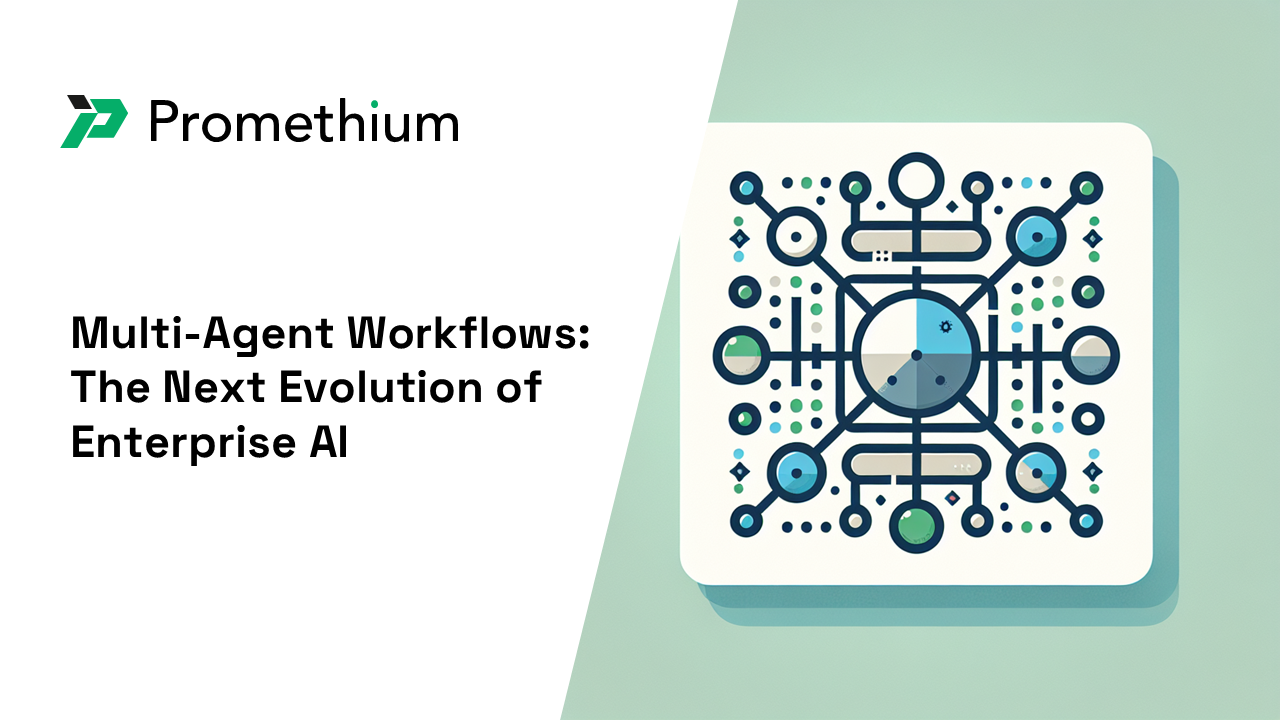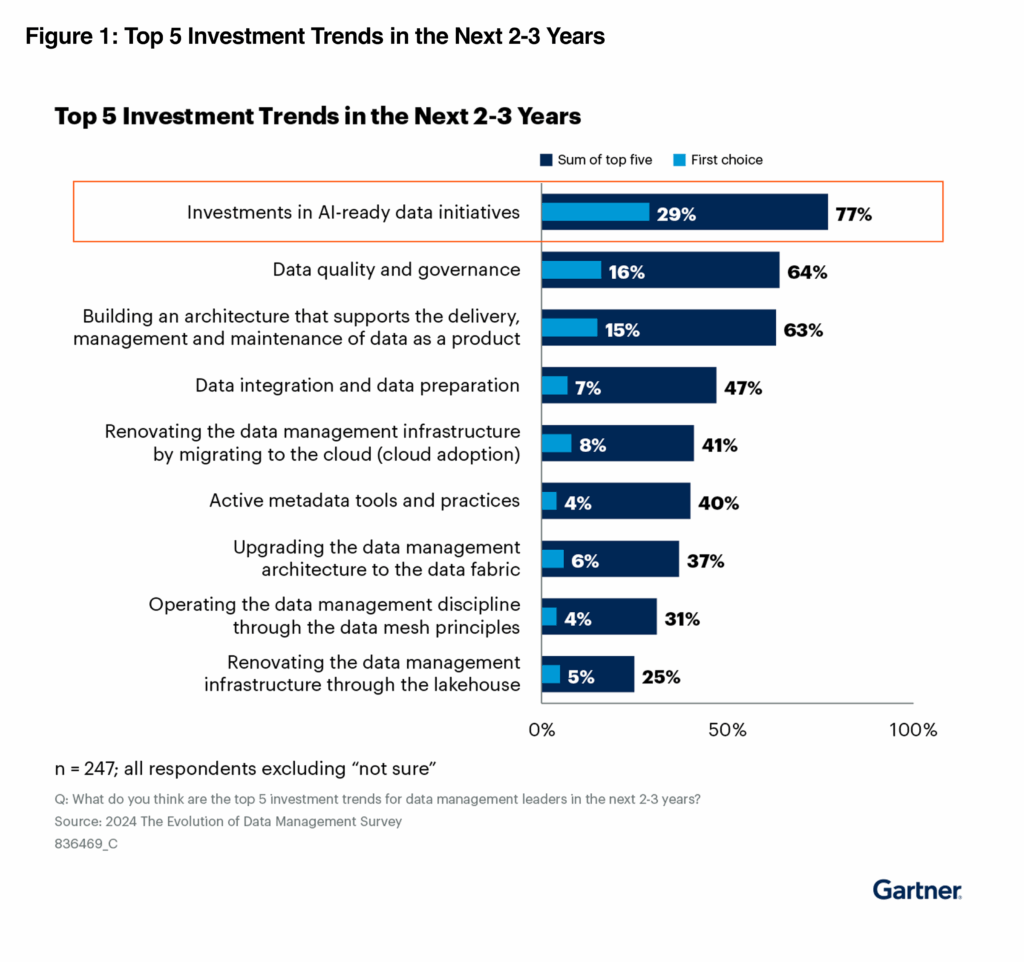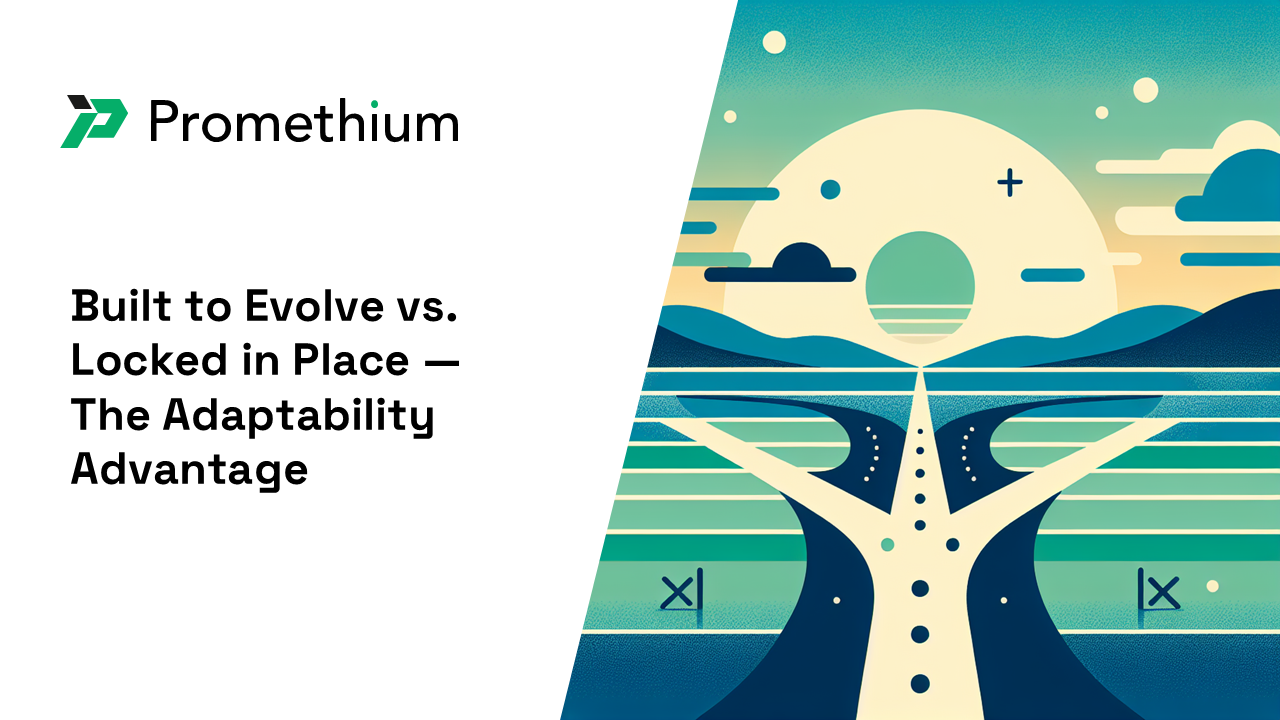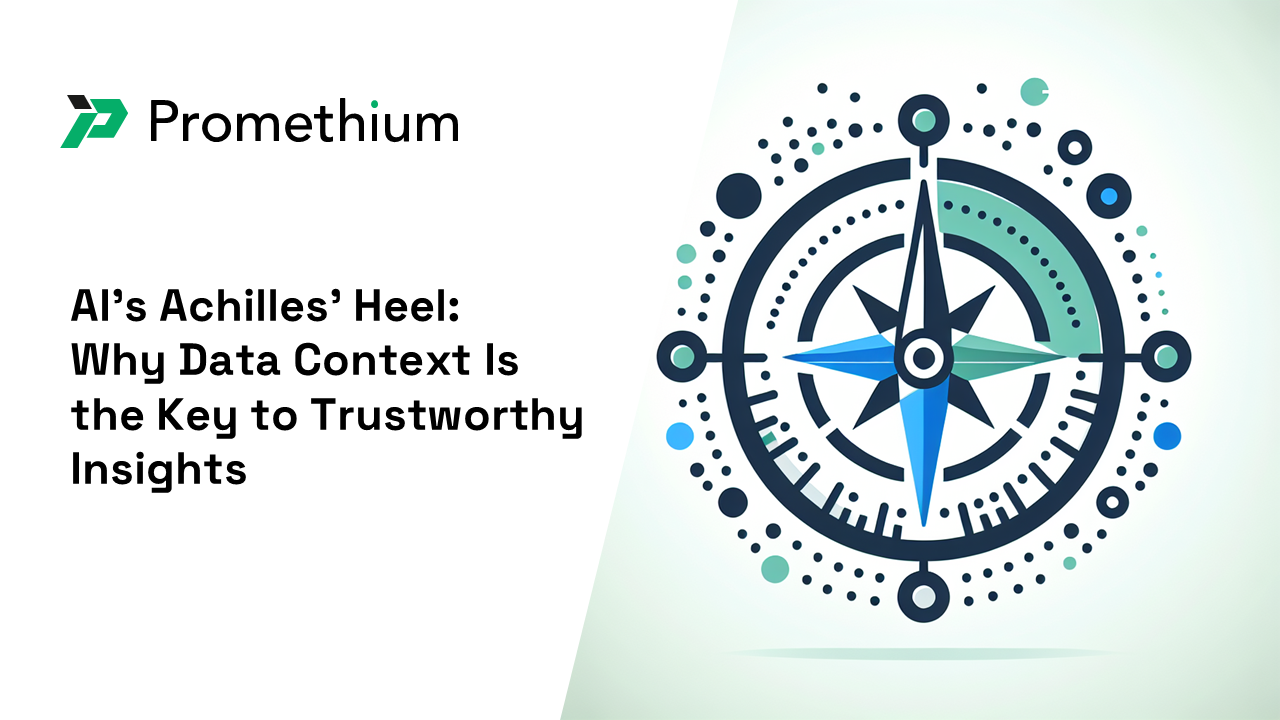Single agents can automate individual tasks. Multi-agent systems extend this into complex, collaborative workflows that drive measurable business outcome.
While most enterprises are still figuring out single-agent implementations and AI workflows, early adopters are already discovering critical limitations. According to a recent study by MIT, 95% of enterprise AI pilots fail. Single agents show significant performance decrease with increased context size, even when additional context is irrelevant to the target task. A single agent stretched across too many tasks dilutes its effectiveness. Context switching adds overhead, and performance degrades as complexity rises.
But the next wave is here: specialized agents working together, each with domain expertise. Picture this: a financial forecasting agent analyzing revenue trends while a supply chain agent optimizes inventory based on those projections. A customer intelligence agent discovering behavioral patterns while a product strategy agent translates those insights into development priorities.
The advantage is practical: specialized agents that collaborate seamlessly, exchange insights in real time, and deliver compound intelligence that scales with business complexity. Financial projections that automatically trigger supply chain adjustments. Customer behavior analysis that immediately informs product roadmaps. Strategic planning that connects market intelligence to operational execution in real-time.
The technical foundation for this is already proven — multi-agent system are already delivering measurable improvements in enterprise workflows. In fact, multi-agent systems show 3-5x improvement in complex task completion compared to single-agent approaches, and it is estimated that 25% of enterprises will deploy autonomous AI agents by 2025, doubling to 50% by 2027.
But here’s where most multi-agent implementations break down: without unified data access, you’re building smart agents that work in isolation. The collaboration advantage disappears when agents can’t access the same information, creating the very silos that multi-agent architectures are meant to solve.
The Evolution from Single to Multi-Agent
Why Single Agents Hit Limits
Single agents face fundamental limitations that become apparent at enterprise scale. Non-deterministic behavior creates reliability issues where identical inputs can produce completely different approaches. Cascade failures occur when early mistakes compound through execution chains, and improper termination conditions can trap agents in loops.
Beyond technical limitations, single agents struggle with scope. For single agents trying to master too many tasks at once context-switching overhead grows exponentially as complexity increases.
The Multi-Agent Promise
Multi-agent architectures solve this by combining specialized expertise with parallel processing. Each agent focuses on what it does best — financial modeling, supply chain optimization, customer intelligence (or mere subtasks thereof) — while collaborating with other specialists.
The advantages are compelling: specialized agents working simultaneously rather than sequentially, resilient architectures where individual agent failures don’t collapse the entire system, and exponential capability growth as you add new specialized agents. This is all supported by major tech companies investing heavily in multi-agent frameworks.
Where Multi-Agent Implementations Break Down
But here’s the reality most organizations discover: without the right data foundation, you’re not building collaborative intelligence — you’re building expensive, isolated agents that can’t actually work together, or even do their own task properly.
When your financial forecasting agent works from yesterday’s CRM export while your supply chain agent uses last week’s inventory data, collaboration becomes impossible. When agents can’t access the same information sources, you get conflicting recommendations and fragmented insights.
The multi-agent advantage disappears when agents work in data silos. This is where most implementations fail, and why solving data access becomes the foundational requirement for multi-agent success.
The Technical Foundation: Unified Data Access as the Multi-Agent Enabler
In most enterprises, AI implementations make or break based on AI-ready data. This context is critical to understand for the next generation of agentic systems. According to Gartner research, organizations that don’t enable AI use cases through AI-ready data practices will see continued failure rates of over 60% for AI projects in the future.
Not surprisingly, over 75% of organizations state that AI-ready data remains one of their top five investment areas for the next 2-3 years. The advent of multi-agent workflows is only going to amplify these challenges exponentially through further strain on data infrastructure. (Click here to read the full complimentary report)
Why Every Agent Needs Universal Data Access
Multi-agent collaboration only works when every agent can access any relevant data instantly. Traditional architectures fail here because they require pre-built integrations, data movement, and complex access provisioning for each new agent.
The solution: zero-copy federation that provides every agent instant access to any data source without movement or duplication. When agents can query across Salesforce, Snowflake, Databricks, Oracle, and cloud storage seamlessly, collaboration becomes natural rather than engineered.
This aligns directly with Gartner’s guidance that AI-ready data “can only be determined contextually to the use case and AI technique, which requires rethinking data management.” Multi-agent systems represent the ultimate contextual challenge — multiple agents with different specializations need access to overlapping but distinct data contexts simultaneously.
Real-Time Context Sharing
But agents need more than just raw data access — they need shared understanding of what the data means. By default, most data is not contextualized because this context lives across different places of the enterprise. This requires a unified metadata layer that provides consistent definitions, relationships, and business context across all sources. When one agent works with a different definition of churn, entire workflows will break and trust erode.
Governance That Scales with Agents
More agents mean more data access points. Traditional approaches that try to govern data at each individual source create an exponential management nightmare — imagine trying to maintain consistent privacy policies across 50 data sources for 20 different agents.
Thus, enterprises will need a central access point through which agents will consume their data. Policy-driven access control through a unified data fabric layer means each agent automatically operates within appropriate boundaries while accessing data from a single, governed interface. This centralized approach scales because governance policies apply consistently regardless of which agent requests access, how many agents are collaborating, or how many underlying data sources are involved.
The alternative — managing governance at every individual system — becomes impossible at multi-agent scale, creating the very compliance chaos that derails AI initiatives.
Building Your Multi-Agent Future
Start with Data Unity
The foundation of successful multi-agent workflows isn’t the agents themselves — it’s the underlying data architecture that enables their effective collaboration. Organizations succeeding with multi-agent architectures solve data access first, then layer on agent capabilities.
Without the right data architecture, you’re building smart agents that work in isolation. With it, you’re creating collaborative intelligence that compounds with each additional agent.
The Promethium Open Data Fabric Advantage
Promethium’s Open Data Fabric provides the essential foundation for multi-agent workflows: instant access to any data source, unified context and governance, and real-time collaboration capabilities. Our Mantra™ agent demonstrates this approach today, with native support for multi-agent protocols like MCP and A2A. And while other multi-agent frameworks lock you into proprietary ecosystems, Promethium’s Open Data Fabric connects to everything in your enterprise.
For example, imagine a customer service AI agent that needs comprehensive customer history to resolve a complex issue. Instead of being limited to your Salesforce CRM data, it can call upon Mantra to instantly federate information from billing systems in SAP, product usage logs in Google Big Query, and recent transaction data in AWS Redshift — all through a single query, with appropriate governance controls applied automatically. The customer service agent gets a complete picture in seconds, not the partial view that creates frustrating customer experiences.
This enables seamless collaboration between specialized agents across your enterprise data landscape, where each agent can access exactly the data context it needs without the traditional barriers of data silos or complex integrations.
The Competitive Opportunity
Organizations that master multi-agent workflows will have significant advantages in complex decision-making, integrated planning, and automated compliance. These capabilities become increasingly critical as business complexity grows and competitive pressures intensify.
The question isn’t whether multi-agent AI will transform enterprise operations — it’s whether your organization will lead or follow this transformation.
The Path Forward
Multi-agent workflows represent the next evolution beyond single AI agents, but only when built on unified data foundations. Enterprise applications require specialized agents collaborating over shared, governed data access — not isolated intelligence working from disconnected datasets.
The technical foundation exists today. Competitive advantage goes to organizations that solve contextual and unified data access first, then scale their agent capabilities on that foundation.
Ready to explore the future of AI? Talk to our team for early access to Promethium Mantra™. Limited spots available for forward-thinking organizations ready to transform how intelligence works in their enterprise.





